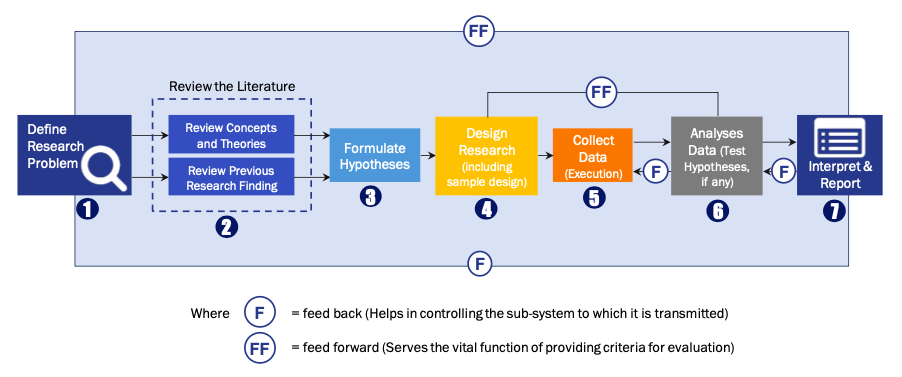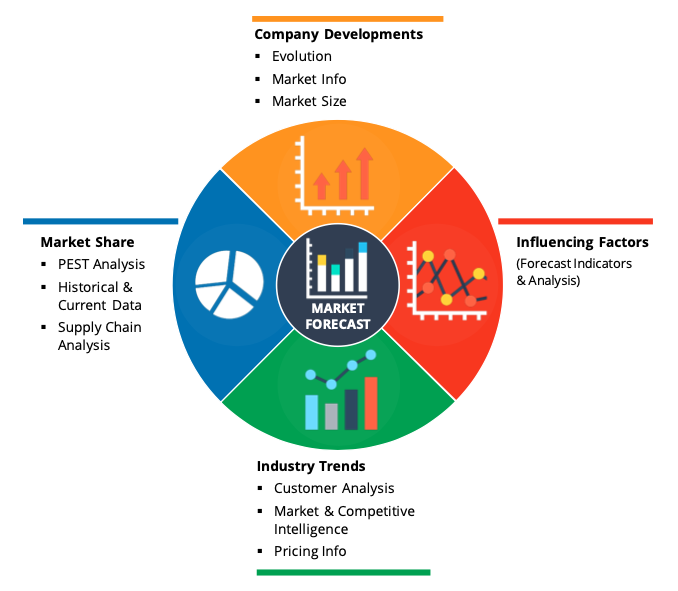Market OverviewVirtual reality (VR), can be denoted as computer-simulated or immersive multimedia reality, imitates an environment that simulates a physical existence in places in real or imagined world, permitting the user to interact in that world. On the other hand, augmented reality (AR) is a direct, indirect or live view of a physical, real-world setting whose elements are supplemented by computer-generated input such as video, sounds, GPS data or graphics. These technologies have transformed the healthcare industry with their implementation in virtual training of surgeons for complex surgeries, phobia buster in mental health treatment, 3D functioning room simulations, and chronic pain management.
The growing incorporation of digitalization and technology in healthcare, rising healthcare spending and focus on delivery of effective health services, and its importance in training healthcare experts are some of the major factors driving the growing adoption of these technologies. The application of these technologies in training medical experts or professionals offers them enhanced understanding of physiology and anatomy and assists in difficult surgeries that involve precision, thus, resulting in lesser trauma and reduced complications. It helps patients to get over their worst phobias and fears through the exposure therapy.
Segment OverviewGlobal virtual and augmented reality market has been segmented majorly on the basis of components and applications. On the basis of components the market has been segmented as hardware and software. Hardware segment is further sub divided into sensors, semiconductors, display and projectors, cameras, position tracker and others. Further on the basis of application, the market has been segmented as surgical application, rehabilitation and fitness management, training and medical education, patient care management and pharmacy management and others.
Regional OverviewGeographically, the market has been segmented into four major economies including North America, Europe, Asia-Pacific, and LAMEA. North America consists of US, Canada, and Mexico. Europe comprises of the major countries including UK, Germany, France, Italy, Spain and Rest of Europe. Similarly, Asia Pacific consists of the major countries such as, Japan, China, India, South Korea, Australia and, Rest of Asia Pacific. LAMEA consists of Brazil, Saudi Arabia, UAE, and Rest of LAMEA.
Competitor overviewThe lack of funds in the development of the particular hardware hinders a bigger dispersal of applications for training in diverse health domains. Also, the development of low cost software packages to assist the formation and maintenance of virtual environment, and the tools to support the communication with good usability must be considered. The use of these progressive technologies in live surgeries for medical education coupled with pain management and patient monitoring is expected to serve as a market opportunity and is projected to drive the segment significantly.
Key Players
- Google
- Microsoft
- Oculus VR
- Psious
- Firsthand Technologies
- Medical Realities
- DAQRI
- Augmedix
- Mindmaxe
- Atheer
Market SegmentationBy Component
- Hardware
- Sensors
- Semiconductors
- Display and Projectors
- Cameras
- Position Tracker
- Others
- Software
By End User
- Surgical Application
- Rehabilitation and Fitness Management
- Training and Education
- Patient Care Management
- Pharmacy Management
- Others
By Geography
- North America
- Europe
- UK
- Germany
- France
- Italy
- Spain
- Rest of Europe
- Asia-Pacific
- Japan
- China
- India
- Australia
- South Korea
- Rest of Asia-Pacific
- LAMEA
- Brazil
- Saudi Arabia
- UAE
- Rest of LAMEA
Research Process
Data Library Research are conducted by industry experts who offer insight on
industry structure, market segmentations technology assessment and competitive landscape (CL), and penetration, as well as on emerging trends. Their analysis is based on primary interviews (~ 80%) and secondary research (~ 20%) as well as years of professional expertise in their respective industries. Adding to this, by analysing historical trends and current market positions, our analysts predict where the market will be headed for the next five years. Furthermore, the varying trends of segment & categories geographically presented are also studied and the estimated based on the primary & secondary research.
In this particular report from the supply side Data Library Research has conducted primary surveys (interviews) with the key level executives (VP, CEO’s, Marketing Director, Business Development Manager
and SOFT) of the companies that active & prominent as well as the midsized organization
FIGURE 1: DLR RESEARH PROCESS

Primary Research
Extensive primary research was conducted to gain a deeper insight of the market and industry performance. The analysis is based on both primary and secondary research as well as years of professional expertise in the respective industries.
In addition to analysing current and historical trends, our analysts predict where the market is headed over the next five years.
It varies by segment for these categories geographically presented in the list of market tables. Speaking about this particular report we have conducted primary surveys (interviews) with the key level executives (VP, CEO’s, Marketing Director, Business Development Manager and many more) of the major players active in the market.
Secondary Research
Secondary research was mainly used to collect and identify information useful for the extensive, technical, market-oriented, and Friend’s study of the Global Extra Neutral Alcohol. It was also used to obtain key information about major players, market classification and segmentation according to the industry trends, geographical markets, and developments related to the market and technology perspectives. For this study, analysts have gathered information from various credible sources, such as annual reports, sec filings, journals, white papers, SOFT presentations, and company web sites.
Market Size Estimation
Both, top-down and bottom-up approaches were used to estimate and validate the size of the Global market and to estimate the size of various other dependent submarkets in the overall Extra Neutral Alcohol. The key players in the market were identified through secondary research and their market contributions in the respective geographies were determined through primary and secondary research.
Forecast Model


